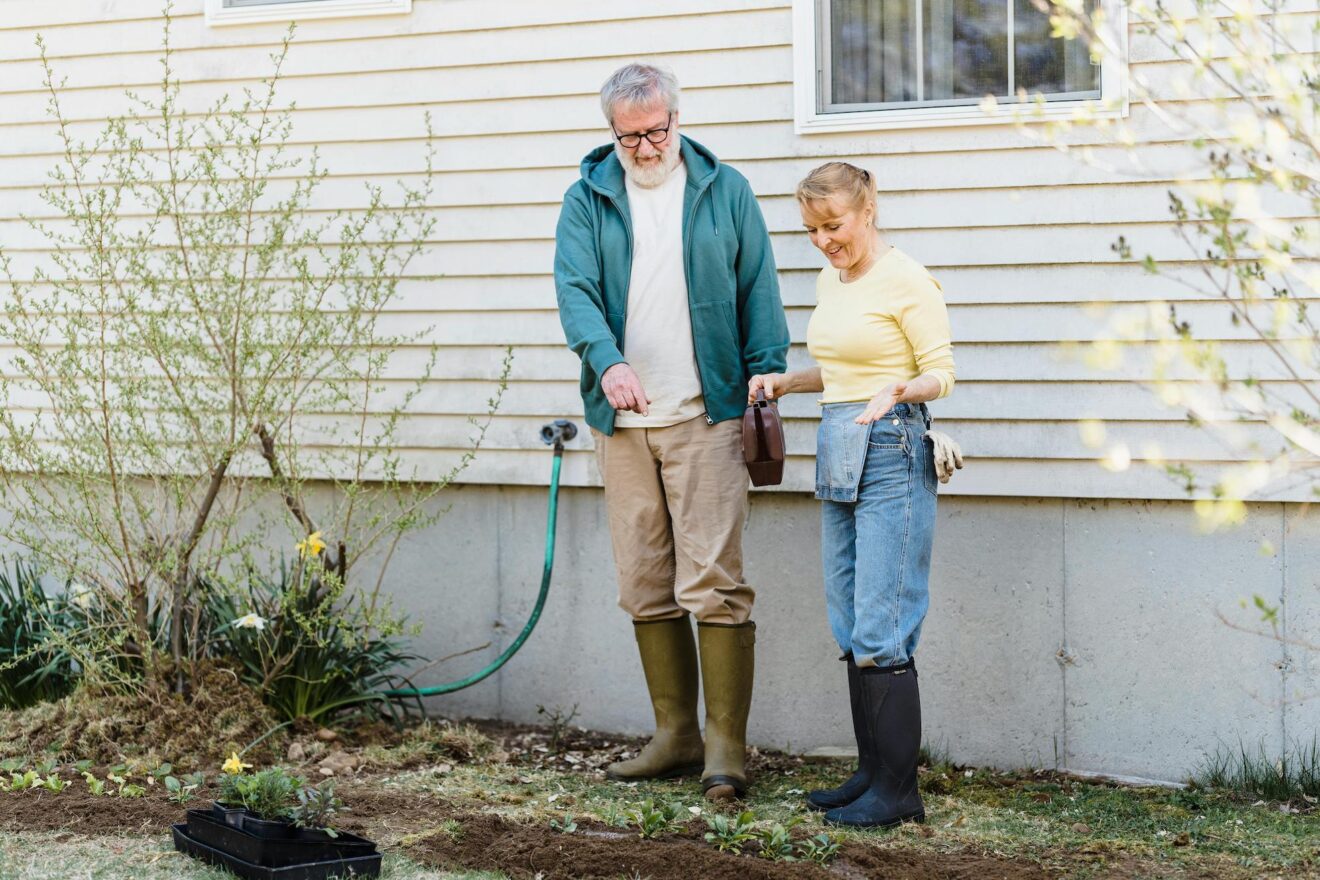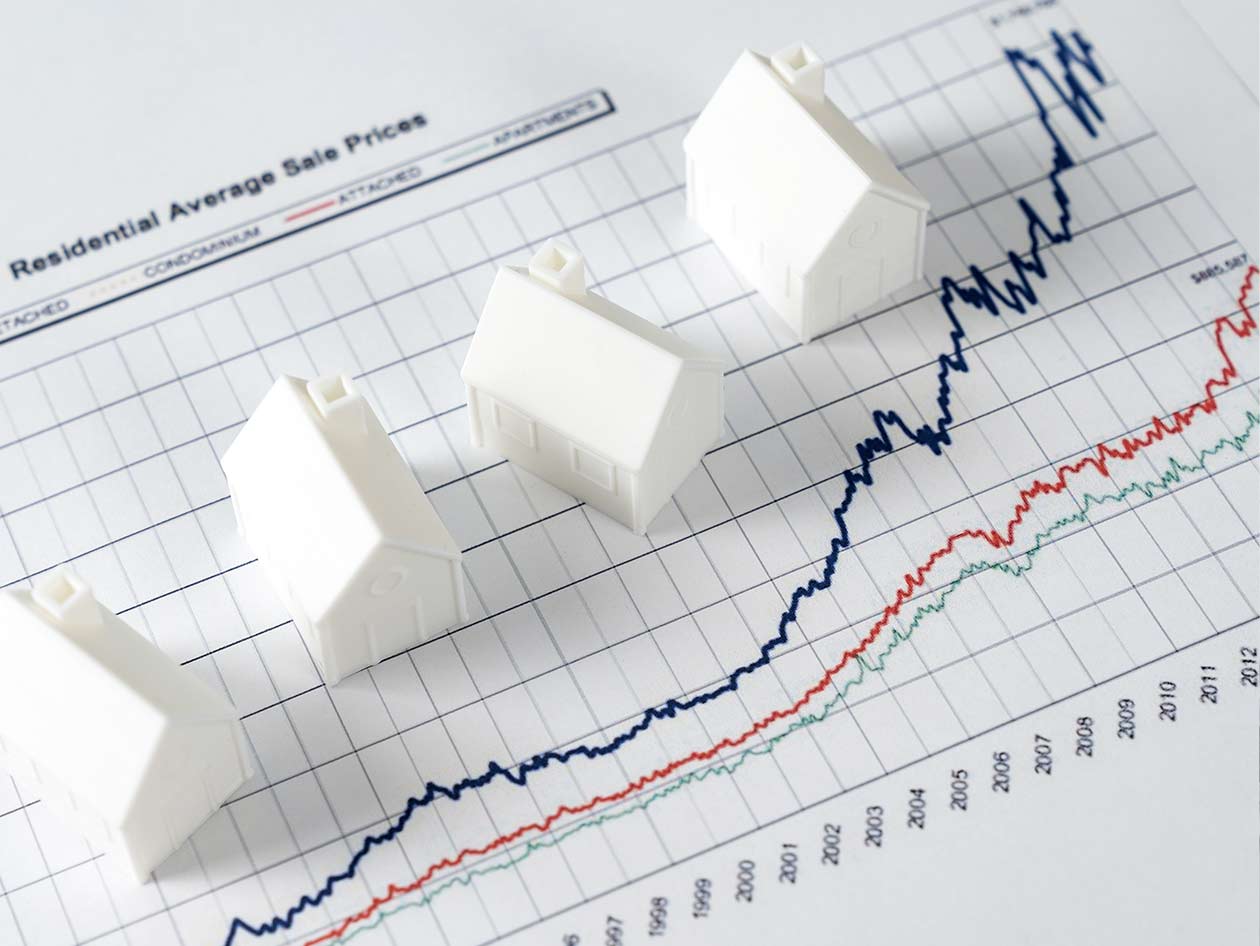How do we as realtors, really price your home? That’s the question on everyone’s lips as they try to pin down what their home is worth. No two agents are alike in the processes and skill sets they use, but we’re breaking down Willows Realty Group’s 10-step proven process for pricing accurately.
1. Uncover your home’s history
We pull up the history of your home to check its current status (i.e. when it last sold, when it was built, who is on title and any red flags this information may present).
For instance:
- if it was built in the ’70s we may have an issue with aluminum wiring
- if it’s a country property that’s older or hasn’t sold in many years, we have septic and well issues to investigate
- zoning status
- environmental protections or other issues to uncover
Anything and everything can affect the pricing so we need to dig as deep as possible.
2. Research street sales
We look up sales on your specific street. These are the closest comparables geographically, and need to be considered. We’ll make adjustments for differences in the homes that have sold, like:
- lot size
- size of home
- number of bedrooms and washrooms
- finished or unfinished basements
- upgrades to the home
- and more
3. Research neighbourhood sales
We then look at the immediate neighbourhood for more comparable sales. Location to schools, transportation, shopping and amenities all play a part. In the country, acreage and type of land is important along with other buildings on the property.
Discover the Willows Realty Group approach to empowering your property sale here.
4. Community analysis
We’ll look at the community as a whole. Here, we want to determine supply and demand, or “churn rate” as we like to call it. We answer such questions as:
- how much inventory is on the market?
- how much has sold over the last 30 days?
- how many buyers are currently in the market?
5. We pull a Property Detail Report
This gives us information on the home and property such as:
- year built
- frontage
- water and sewer supply
- number of bedrooms and washrooms
- assessment info
- zoning
- legal description
- and more.
This information must be cross-referenced as it’s not always correct. Changes could have been made that were either not done with permits or were never reported. We also get an aerial outline of the property.
6. We pull a GeoWarehouse Report.
There’s a ton of info here like:
- who the registered owners are on title
- sales history
- lot size
- assessed value
- aerial and satellite views
- comparable listings
- ownership type
- property type
- and most importantly, demographic information on the neighbourhood, community and city/town
This is used when we’re designing targeted marketing for the property and determining who the most likely target audience is.
Book a seller’s meeting here to start planning your property sale with our experts.
7. We pull an AVM report.
AVM stands for Automated Valuation Method and is a product of Municipal Property Assessment Corporation (MPAC). It’s also a report a lender might use. Other products outside of MPAC include Emily and Purview but realtors can pay for an AVM report. Only mortgage brokers and lenders can access the other reports.
This report will give a valuation as of the date it’s pulled, along with a confidence rating and three comparables (there are more in the background that the algorithm pulls from). It also provides an upper and lower range because, let’s face it, when prices are escalating or de-escalating quickly, these algorithms can’t keep up. Sometimes these valuations aren’t entirely accurate which is why you need to have other metrics going into your valuation.
8. We pull a Home Price Index Price Estimate
This can only be done if the home was purchased in 2000 or later, in the GTA. There is now a similar tool in other areas but it isn’t quite as detailed nor do they go that far back.
This report takes the type of home you own, the location of the home, when you bought it and what you paid and extrapolates the data across the years to give you a present-day price estimate. We compare this number to the other numbers we have from other reports and recent comparable sales. When you’re pulling information from three or four different sources you should see a consensus value beginning to line up.
9. On-site visit
We want to walk through the property to see it first-hand. Homes can vary dramatically depending on how they’ve been maintained and upgraded over the years. We not only want to view the positives about the property, we want to make ourselves aware of any areas of opportunity. If we can address or remove any negatives, it’s going to increase the price the seller gets, so this is a really important step.
After our analysis, we determine what needs to be done to improve the presentation and saleability of the home to achieve the highest price possible and come up with a plan in conjunction with the homeowner. This can include anything from a simple cleaning to repairs and/or renovations.
Book a home evaluation here to discover the true value of your property.
10. Listing strategy
What’s going to be the pricing/marketing strategy out of the gate? We know how to do our job to net the most amount of money for our clients. Our sales statistics prove that time and time again, however, we do not own the property, so this is a discussion between us and the homeowners, and it’s a critical discussion.
Sometimes homeowners have their own, very legitimate fears and concerns and these need to be addressed. There needs to be a comfort level, a meeting of the minds with everyone on the same page moving forward together with the same goals.
Some realtors may only look at recent comparable sales when pricing a home for the market. We don’t feel that is sufficient enough background in order to do the very best job for our clients. When we are pricing a property we’re also setting the stage for negotiation.
If you’re thinking of selling in the next 3–6 months, please give us a call or email us to find out the true value of your home.

Stay connected to the market.
Sign up to our digital newsletter community.








